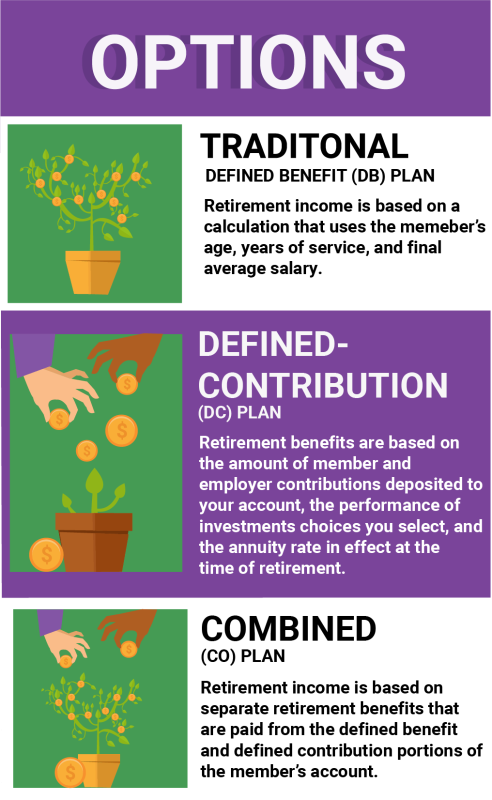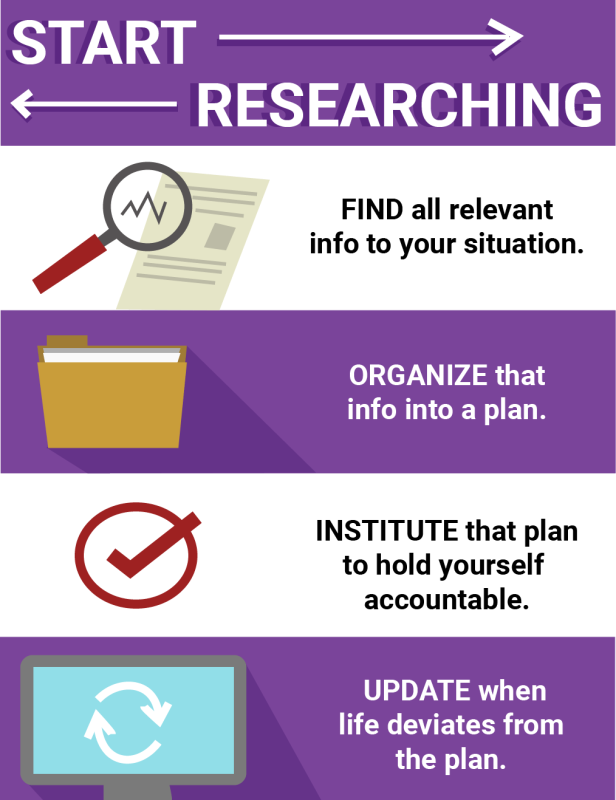Prep Your Financial Plan with STRS
Few people take this important step. Although STRS is one of your largest assets/incomes, it is still only a piece of your entire financial picture. You need to figure out how all of your pensions, Social Security, retirement/investment accounts, insurance programs, wills, power of attorneys, goals and objectives are going to work together towards an optimal end-state for you and your family.











